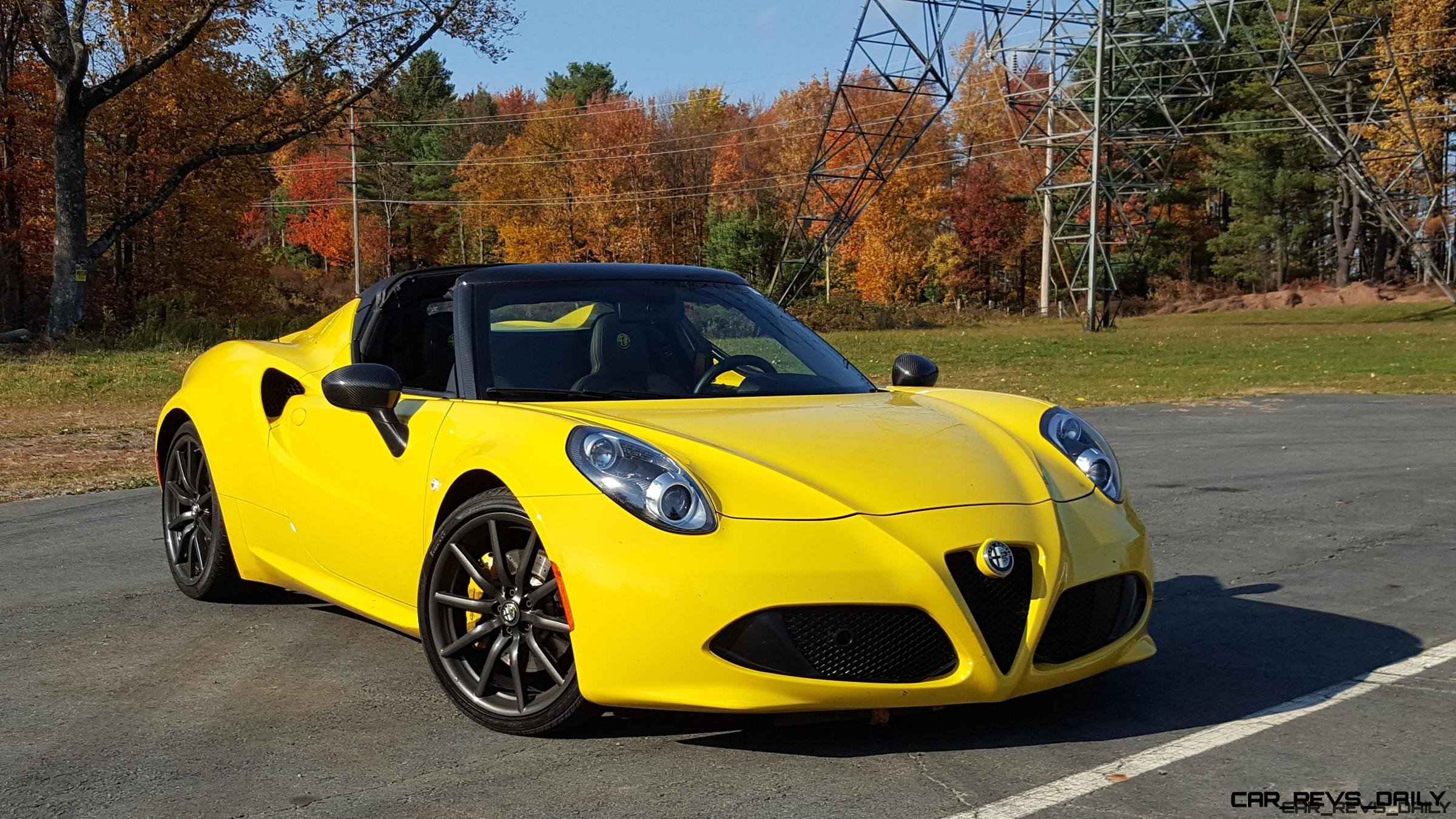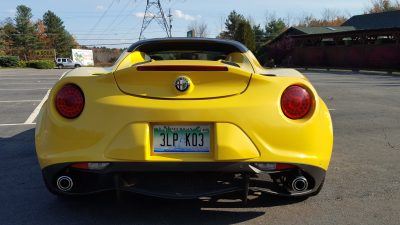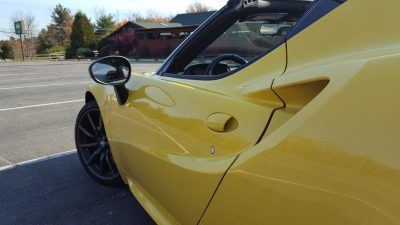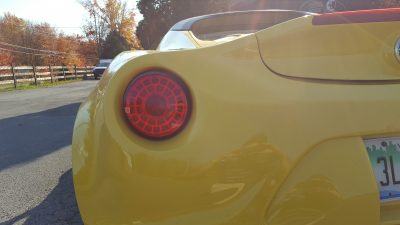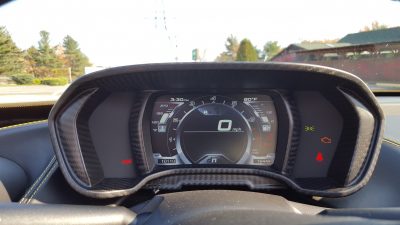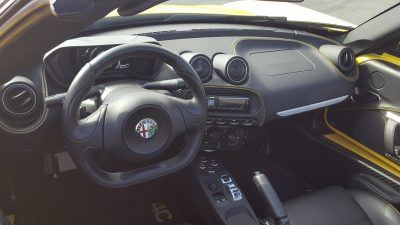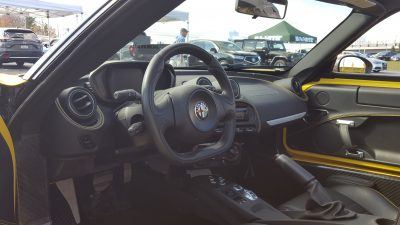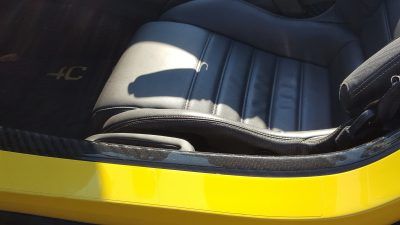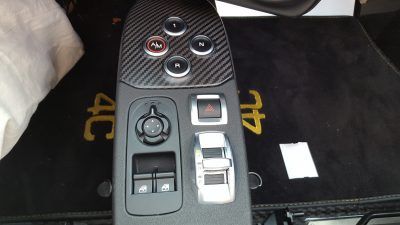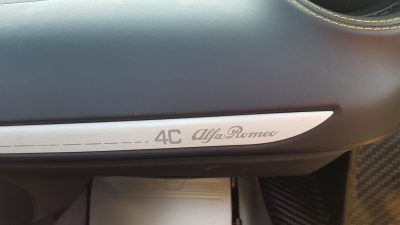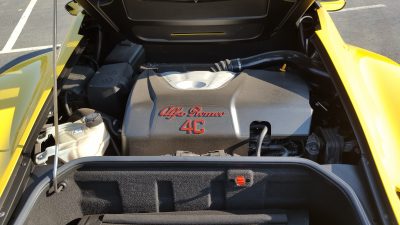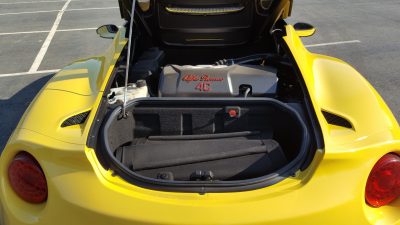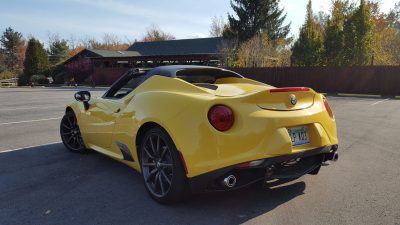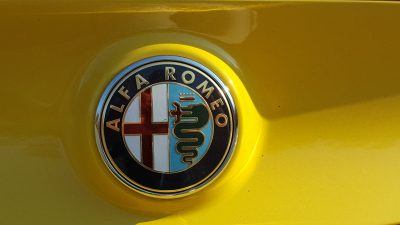With the dust still settling on our review of the 2017 McLaren 570GT, it brings up a compelling question in our minds, is there such a thing as an “affordable” exotic car? The 2016 Alfa Romeo 4C Spider aims to be one of these cars, while also serving as the face of Alfa Romeo’s anticipated and often times delayed resurrection in the U.S. market. The 4C certainly has the bold styling, and Italian inspired flair that one expects out of an Alfa Romeo badged offering, but can it really succeed as an affordable alternative to the pricier established exotic car benchmarks?
The exterior styling of our Giallo Prototipio (AKA yellow) tester is a textbook mixture of retro sports car cues as well as the modern flowing lines that have come to define recent Alfa Romeo models. The overall look borders on visual overload and really pops with certain colors, including the fore-mentioned yellow on our tester. In addition to the vibrant hue, our tester also featured bold dark alloy fan spoke wheels which are a $2,500 option, and have a staggered setup with 18-inch units up front, and slightly bigger 19 inch wheels at the rear. The front fascia features an inverted triangular shaped grille with a center mounted Alfa Romeo badge as well as two prominent openings in the lower part of the fascia. Projector halogen headlights are standard issue, but can be upgraded to optional bi-xenon headlamps for more brightness during night time driving.
The relatively short front hood is sealed from the factory, and can only be opened with tools, but it is not worth the effort since it doesn’t offer any storage space to begin with. The bulk of this space as well as access to the engine is achieved via the rear trunk which has enough room for small bags and equally small amounts of cargo.
The gorgeous suit of clothes also hides the sophisticated construction that takes place underneath. All 4C’s feature a monocoque structure that serves as the platform. This is a trick that is also performed by some of its more expensive rivals including McLaren as well as Ferrari. The tub shaped structure is built out of aluminium, carbon fiber, and other lightweight materials and helps define key aspects of the car including the passenger compartment. The unique platform choice also forced Alfa engineers to rethink the way many components were assembled, with items such as the suspension, steering, engine, and other components being either bolted or bonded to the tub.
The gorgeous exterior also helps cover the checks that cannot be cashed by the cramped and compromised interior. Entering and exiting the car requires a small amount of gymnastics especially in regards to getting my long legs in and out of the tub. Once your formally seated, you are greeted by a flat bottomed steering wheel that features paddle shifters and can be adjusted for tilt and telescope which proved to be crucial for taller drivers like myself. A 7-inch TFT screen is nestled directly above the wheel and incorporates digital gauges as well as a busy looking array of information screens. The center stack is canted towards the driver, and it features an aftermarket looking Alpine audio head unit as well as a healthy balance of toggle switches and rotary switches for the climate control system. The seats in our tester were supportive and also surprisingly comfortable, but the scooped seat bottom and seat back may not be suitable for everyone’s comfort tastes especially with their non-adjustable bolsters.
However the 4C is not all about being a luxury car, rather its all about raw performance and it is in this particular category where our tester truly rose to the occasion. Turn the ignition key (an interesting choice in an era where push button start is becoming the new normal) and you are rewarded with a raucous but tantalizing engine note. This soundtrack is provided by a mid mounted 1.7 liter turbocharged four cylinder engine that is good for 237 horsepower and 258 lb-ft of torque. These figures may seem somewhat tame especially when compared to the fire breathing 707 horsepower Charger/Challenger Hellcat, but they mesh nicely with the 4C’s 2,487 lb curb weight and allow the car to make the sprint to 60 mph in 4.1 seconds.
It also pays dividends in the cars handling, with our tester eagerly attacking the twists and turns of Monticello’s driving roads. This is mainly due to its old school manual rack and pinion steering system that helps deliver direct response, and makes full use of the 4C’s compact dimensions. The only flaw in this otherwise compelling jar of ointment was in low speed parking maneuvers where the lack of assist made it a chore to crank the wheel left or right especially at our photo shoot location. While we’re complaining, the exhaust note can sometimes be droning when on a long jaunt.
A 6-speed Twin Clutch Transmission (TCT) helps channel all of this power to the rear wheels while the built in Alfa Romeo DNA system offers drivers three different driving modes Dynamic, Normal, and All-weather. We experimented with both Normal and Dynamic modes during our time with the 4C, and mainly kept it in Dynamic mode thanks to its improved shift points as well as the engine being able to access its full potential when pushed hard. The transmission does have a brief learning curve for newcomers when it comes to starting the car, and like the Audi R8 there is no formal park gear with the parking brake serving in this role. However, once the 4C is up and moving, these initial gripes melt away and the transmission morphs into a compelling partner.
While the car does have its fair share of quirks, the 4C is still one of the best performance to dollar values on the market, with the base 4C Spider starting at $63,900. Our generously equipped 2015 tester (2016 models arrive with only a few new convenience features) had a figurative laundry list of optional equipment, and rang in at a still bargain friendly $72,795. While this figure is more than contemporary roadster entries like the Mazda MX-5 Miata and its Italian cousin the Fiat 124 Spider, it is on par with the Chevrolet Corvette and V6 equipped Jaguar F-Type convertible, and is also significantly less expensive than the Lamborghini Huracan Spyder, Audi R8 Spyder and the McLaren 570S.
When all is said and done, the 2016 Alfa Romeo 4C Spider is indeed an affordable exotic, and we look forward to spending more time with the car soon to truly find out how it fares in day to day use.
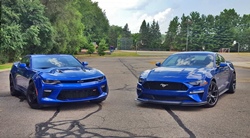
Carl Malek has been an automotive journalist for over 10 years. First starting out as a freelance photographer before making the transition to writing during college, his work has appeared on numerous automotive forums as well as websites such as Autoshopper.com.
Carl is also a big fan of British vehicles with the bulk of his devotion going to the Morgan Motor Company as well as offerings from Lotus, MG, and Caterham. When he is not writing about automobiles, Carl enjoys spending time with his family and friends in the Metro Detroit area, as well as spending time with his adorable pets.

